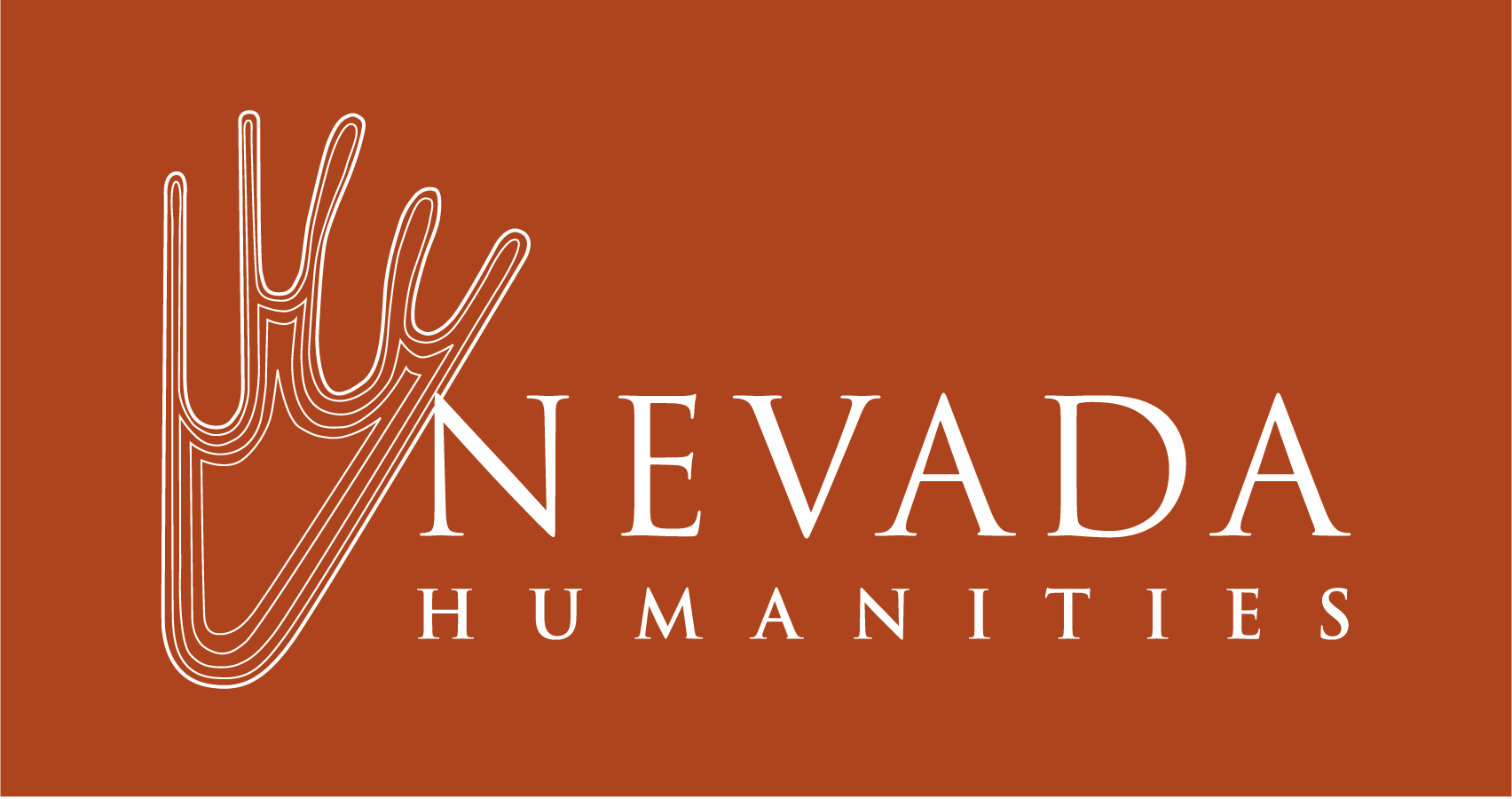A Basque Homeland Song
By Carolyn Dufurrena
I spent a week recently in Elko, listening to the rhythms and difficult syllables of Euskera, the language of the Basque people, as part of the celebration of “Basques and Buckaroos” at the National Cowboy Poetry Gathering (the Gathering). Three young women, champion bertsolaris, or improvisational singers, came to share this cultural tradition with their Nevada cousins. They compete for national recognition in this difficult medium, and one of their members Maialen Lujanbo, is the first woman to have been crowned the national champion. They sang back and forth, at the drop of a hat, pairing improvisational rhymes with traditional melodies, a translator attempting to keep up with “at least the idea” of the impromptu sung conversation.
This is an ancient tradition, this bertsolaritza. Everything about the Basque seems to link to an ancient history. The homes of friends and relatives in the Basque country have been in their families for hundreds of years, which seems crazy to a peripatetic American. A closer look reveals that a few hundred years in Bascoland is a mere eye blink.
Driving through the desert after the Gathering, I pondered with my traveling companion the Basque tendency to remain. How long, really, had these families been in place? We have become so accustomed to having any random question answered instantly on our smartphones. Google presented DNA research in the land of the Basques. Interestingly, Basques were right where they are now at the end of the last Glacial Age. 12,000-year-old Basque ancestors exhumed from the soft limestone cave of Santimamine in Guipuzkoa have the same DNA as the folk who still live in the nearby village. So, could it have been Basque ancestors who made those eternal cave paintings, who dragged bear skulls and skinned cave lions, and who hunkered down waiting for global warming to make the rest of the country habitable? Basque ancestors, singing the night away in the caves of Altamira? Rolling through the black Nevada night, anything seems possible.
Today, the Basque Country is lush and green; the villages are still right where they were when the weather warmed up enough for their ancestors to emerge from the caves. First prosperity and, later, deprivation made for more descendants than the family land could sustain. After thousands of years in place, a great migration to the new continent in the West began.
In the late 1800s, the Basque began to gather in the sheep camps of the Great Basin and the High Sierra. Remote ranches grew slowly. The big stone houses were built in the old way—big enough to house some three generations and the hired help. Communities crystallized in places like Lakeview, Jordan Valley, Carson City, Elko, Rupert.
One professor called it “The Basque States of America,” this province bounded on the West by the Sierra Nevada, on the North by the lava flows of the Snake River Plain, on the Wast by the mountains of western Wyoming, “from Reno to Boise, from Alturas to Buffalo, Wyoming.” Here the Basque have hunkered down, putting down roots that, if history is to judge, will be here for millennia to come. After all, it’s in their DNA.
